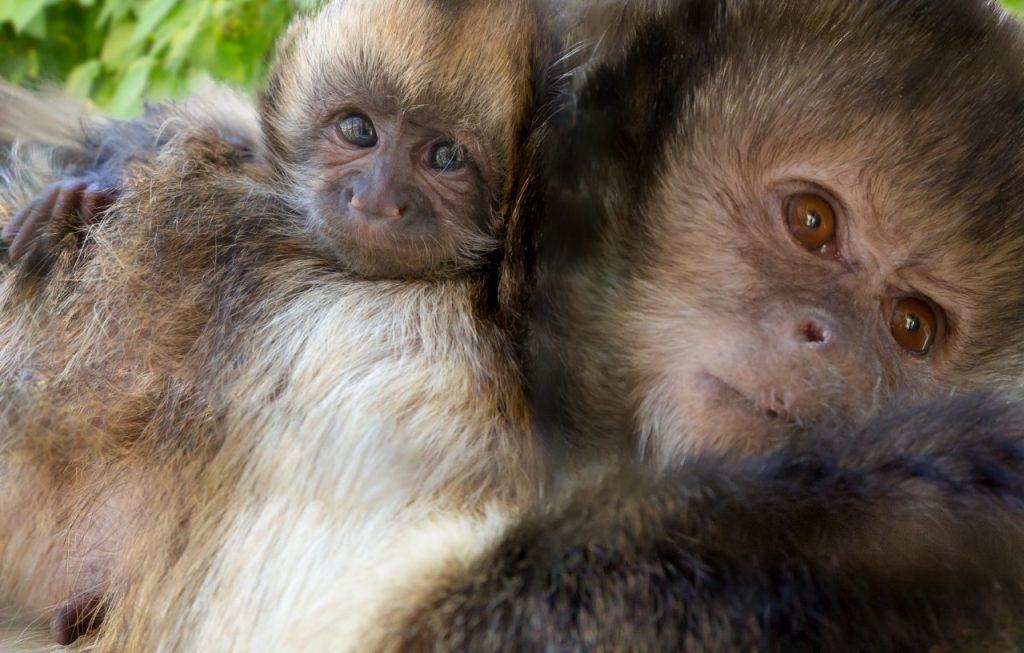MODELING INDIVIDUAL ENERGY STATUS FOR IMPROVED ANIMAL MANAGEMENT
Citation
Treiber K, Reppert A, Ward A. 2013. Modeling individual energy status for improved animal management. In Ward A, Coslik A, Mahan K, Treiber K, Reppert A, Maslanka M, Eds. Proceedings of the Tenth Conference on Zoo and Wildlife Nutrition, AZA Nutrition Advisory Group, Salt Lake City, UT.
Abstract
Energy use may represent the most direct gauge of physiological activity and thus relative nutrient requirements, however nutrient requirements are generally reported relative to intake or bodyweight, assumptions which make it difficult to confidently estimate nutrient targets for individuals and species. Managing energy balance in captive exotic animals is even more challenging due to the limitations of their environment including feed items and presentation. Recognizing these challenges and developing strategies and tools to overcome them in order to avoid negative impact on animal health and welfare is the responsibility of every institution managing captive animals. Historic weight, body condition, diet energy and intake data were used to estimate and track individual energy requirements for improved management of exotic felids in the Fort Worth Zoo collection. Weights and diet information were used to provide simultaneous estimates of average daily gain and average daily caloric intake. Simple linear regression of gain versus intake was used to calculate the maintenance energy requirement and caloric cost per gram of weight gain per day. These estimates were used to reduce food waste, manage body condition, control rates of weight gain or loss, and manage diets to avoid caloric drift. Continued evaluation using similar tools could help to quantify factors impacting energy requirements such as seasonal fluctuation or underlying health conditions.
 24_Treiber.pdf 264 KB
24_Treiber.pdf 264 KB








